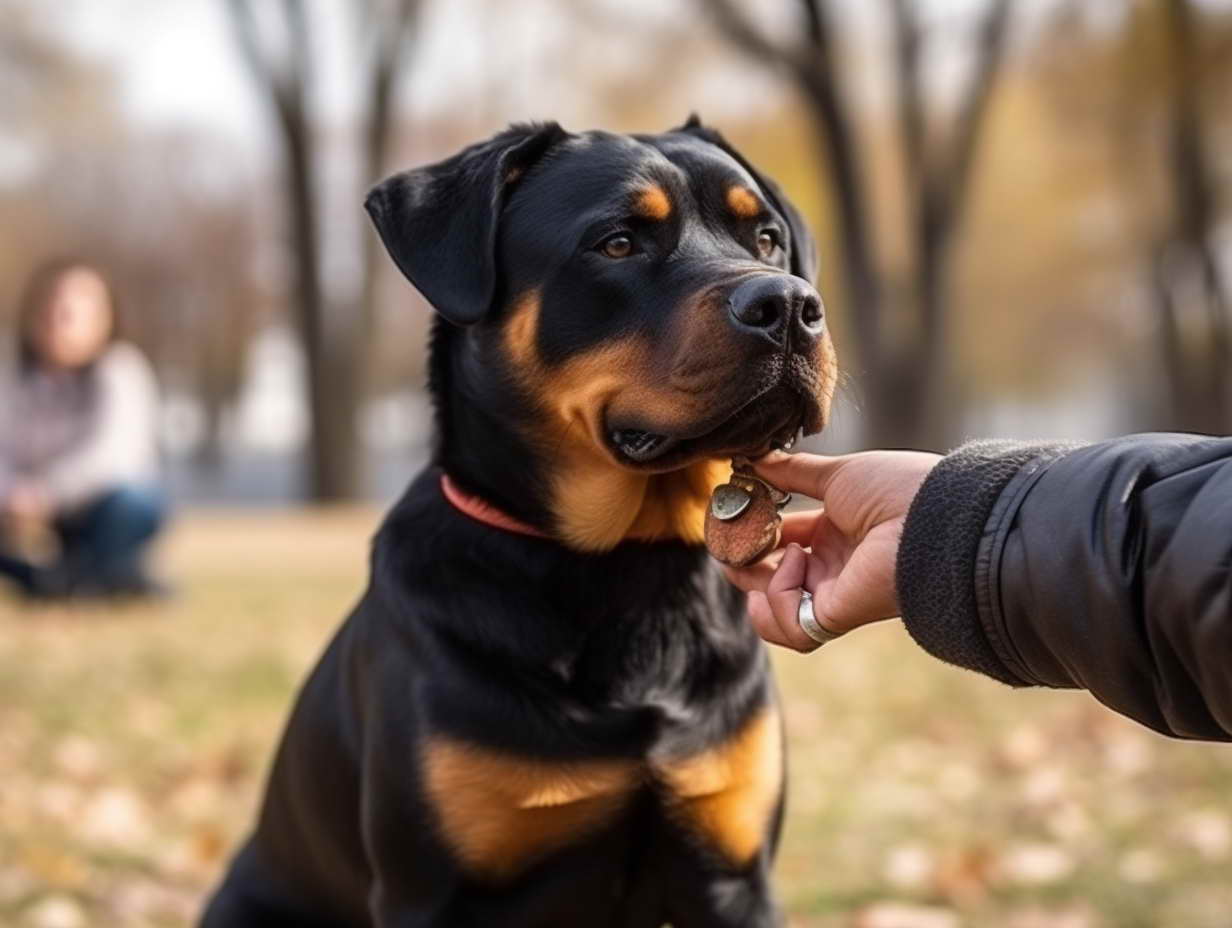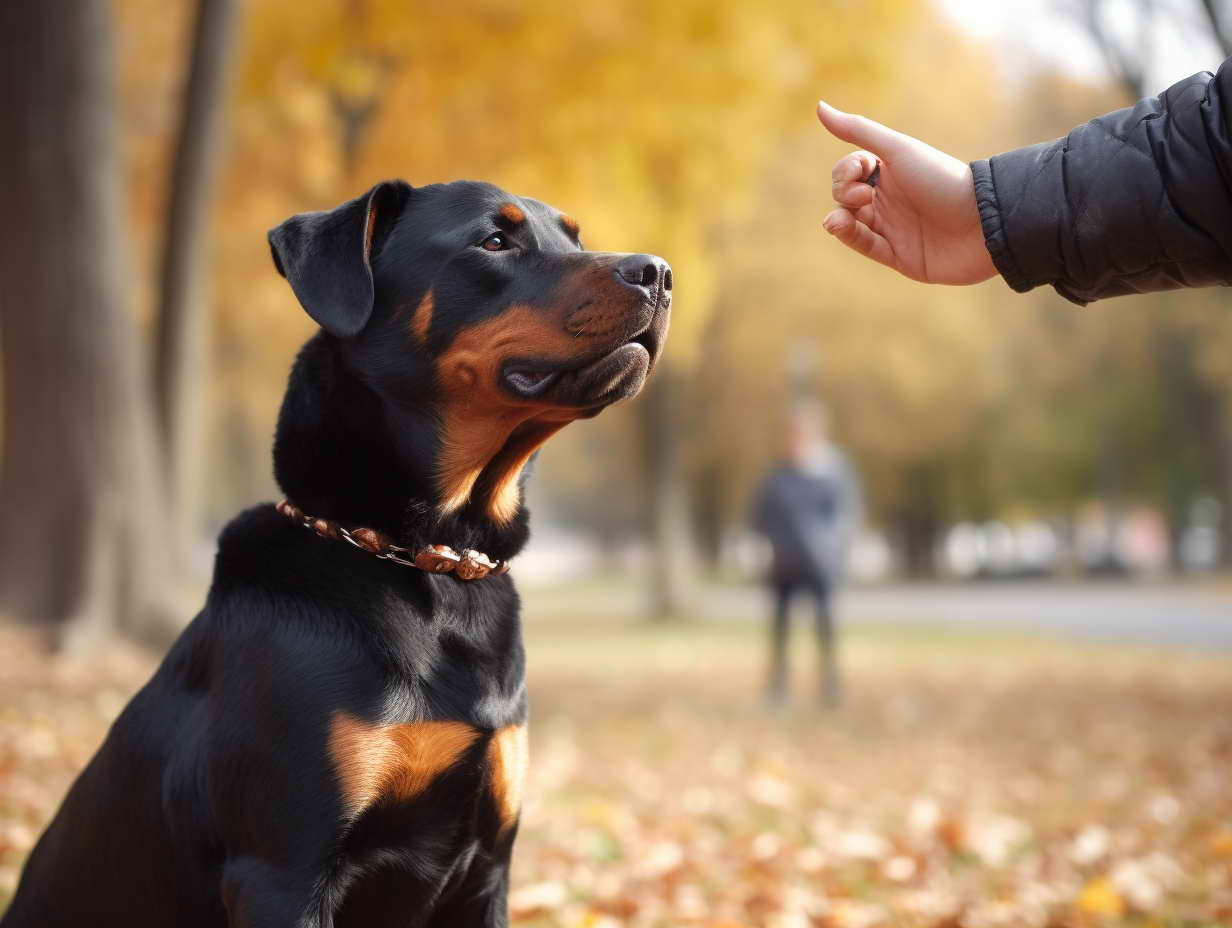How Do You Use A Dog Training Clicker: A Comprehensive Guide
Do you have a furry friend at home who needs some proper training? If you’re wondering “How Do You Use A Dog Training Clicker,” you’re in the right place! This guide will walk you through the ins and outs of utilizing a dog training clicker effectively to ensure a successful training journey for your canine companion.
Introduction: The Power of Positive Reinforcement
Training your dog can be an enjoyable and rewarding experience for both you and your pet. One of the most effective tools in the realm of positive reinforcement training is the dog training clicker. This small device, often accompanied by a distinct clicking sound, helps bridge the communication gap between you and your dog, making learning new behaviors a breeze.
How Do You Use A Dog Training Clicker: A Step-by-Step Guide
Using a dog training clicker might seem like a straightforward task, but there are nuances to consider to ensure its effectiveness. This step-by-step guide will walk you through the process of using a dog training clicker to achieve optimal results in your training sessions.
1. Introduce the Clicker:
To begin, familiarize your dog with the clicker itself. Allow them to sniff and investigate it. Click the device a few times without expecting any response from your dog. This introductory phase helps your dog become accustomed to the distinct clicking sound without associating it with a particular action.
2. Pair the Clicker with Treats:
The next step is to establish a positive association between the clicker and rewards. Click the device and promptly offer a treat to your dog. Repeat this process multiple times. This practice ingrains the idea that the sound of the clicker signifies something good is coming their way.
3. Master the Timing:
Timing is a critical aspect of clicker training. Click the device precisely at the moment your dog performs the desired behavior. For instance, if you’re teaching them to sit, click the instant their hindquarters touch the ground. This impeccable timing helps your dog correlate the action they’ve just taken with the click and the forthcoming treat.
4. Consistent Rewarding:
Every click must be followed by a treat. Consistency is key in reinforcing the connection between the clicker sound, the behavior, and the reward. This consistency helps your dog grasp the cause-and-effect relationship between their actions and the positive outcome.
5. Shape Complex Behaviors:
Once your dog comprehends the basic connection between the click and the treat, you can use the clicker to shape more complex behaviors. For example, if you’re teaching your dog to roll over, you would click when they lie down, then when they shift, and continue clicking for each incremental step until they complete the entire behavior.
6. Gradually Reduce Treats:
As your dog becomes proficient in responding to the clicker, you can begin to reduce the frequency of treats while still consistently using the clicker. This gradual transition prevents your dog from becoming entirely dependent on treats and encourages them to focus on the click as the main signal for correct behavior.
7. Practice Generalization:
To ensure that your dog’s learned behaviors extend beyond the training environment, practice in various settings. Click and reward your dog for correctly executed actions in different locations. This practice helps your dog generalize their learning and apply it in real-life scenarios.
8. Reinforce and Refine:
Periodically revisit and reinforce the behaviors your dog has learned using the clicker. Additionally, introduce new behaviors to keep their training varied and engaging. Remember, short, positive training sessions are more effective than lengthy ones.
Using a dog-training clicker requires precision, consistency, and patience. With each successful training session, your dog becomes more attuned to the clicker’s sound, making the learning process smoother and more enjoyable for both you and your furry companion.

Why Does the Dog Training Clicker Work: The Science Behind Success
The efficacy of the dog training clicker lies in its ability to tap into the fundamental principles of animal learning and psychology. Understanding the science behind why the clicker works can enhance your appreciation for its effectiveness and help you make the most of this powerful training tool.
Operant Conditioning:
At the heart of clicker training is a concept known as operant conditioning, which is a type of learning that involves associating behaviors with their consequences. When your dog performs a desired behavior and hears the click of the training clicker, they immediately understand that the action they’ve taken is correct and will be rewarded.
Instant Feedback:
One of the challenges in training dogs is providing timely feedback. Traditional training methods often involve delayed rewards or corrections, which can confuse dogs about the specific behavior that led to the consequence. The clicker’s distinct sound offers immediate feedback, precisely marking the desired behavior. This immediate correlation between action and consequence accelerates the learning process.
Consistency and Precision:
Unlike human speech, which can vary in tone and clarity, the clicker consistently produces the same sound every time it’s clicked. This precision is crucial for effective communication between you and your dog. Dogs rely on consistency to understand expectations, and the clicker provides a dependable signal of success.
Bridge for Communication:
The clicker acts as a bridge between the time your dog performs a behavior and the time it receives a reward. This bridge is essential because it closes the temporal gap between the two events, helping your dog connect the dots between their action and the outcome. Without this bridge, the timing might be too vague for your dog to establish a clear link.
Positive Association:
The clicker’s sound becomes a positive reinforcer in itself through classical conditioning. Through repeated pairings of the clicker sound with treats, your dog forms a positive emotional response to the sound. This response enhances their motivation to perform behaviors that trigger the clicker, ultimately leading to more successful training sessions.
Boosts Confidence:
Clicker training is built on a foundation of positive reinforcement, which creates a supportive and encouraging learning environment for your dog. The consistent success they experience with the clicker boosts their confidence and enthusiasm for learning new behaviors.
Reduces Stress:
Because clicker training relies on positive reinforcement, it reduces the need for punitive measures or forceful corrections. This not only prevents stress and anxiety in your dog but also fosters a stronger bond between you and your furry companion.
FAQs
How often should I use the clicker during training?
Using the clicker around 10-15 times in a short training session is usually sufficient. Remember, quality over quantity!
Can I use verbal cues alongside the clicker?
Absolutely! Verbal cues complement the clicker and help your dog associate commands with actions.
What if my dog becomes clicker-dependent?
To prevent over-reliance on the clicker, gradually reduce treatment frequency and vary your rewards.
Should I start clicker training with a puppy or an adult dog?
Clicker training is suitable for dogs of all ages. Puppies tend to catch on quickly, while adult dogs can also adapt to this positive training method.
Can I use clicker training for complex tricks?
Indeed, you can! Clicker training excels in breaking down complex tricks into manageable steps, making them easier for your dog to learn.
My dog is scared of the clicker sound. What should I do?
If your dog is apprehensive, try using a softer clicker or muffling the sound at first. Gradually increase the volume as they get comfortable.
Conclusion: Click Your Way to Success!
Using a dog-training clicker opens the door to effective communication and rapid learning for your four-legged friend. Remember to combine the clicker with positive reinforcement, consistency, and patience to achieve the best results. With dedication and the right techniques, you’ll witness your dog mastering new behaviors and becoming an even better companion.

Leave a Reply